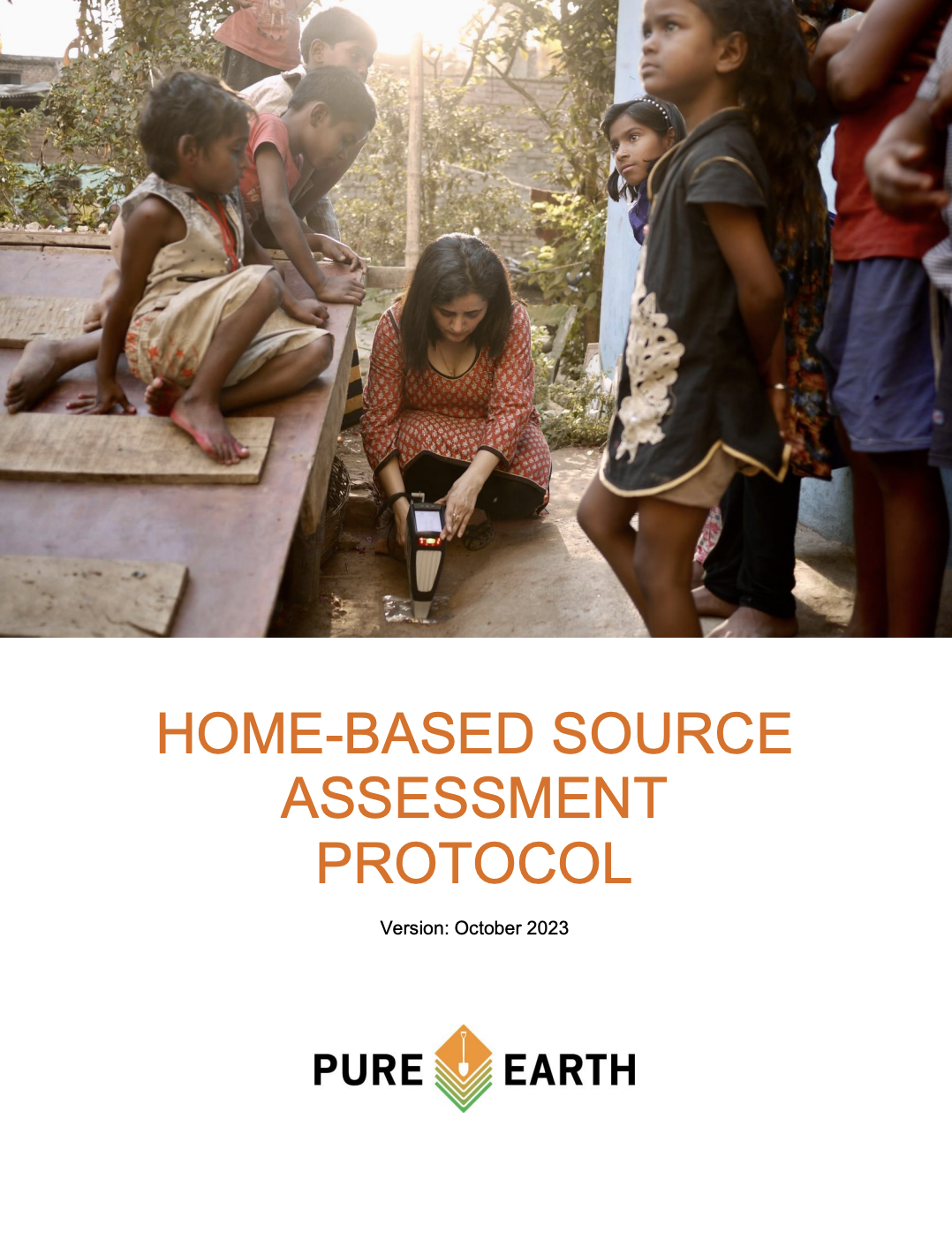The main purpose of home-based assessments is to identify sources of lead and pathways of exposure, particularly among children. When a child with an elevated level of lead in their blood (typically >5 µg/dL) is identified, it is important to understand what factors are contributing to the burden of lead in their body. Investigating the contributing sources is needed to design an effective intervention for that specific child and his or her family, but it also allows for the identification of trends to inform larger interventions at the community, regional, or even national level. A home-based assessment (HBA) is typically carried out after the blood lead level (BLL) of a child has been analyzed, and it is necessary to assess and quantify different sources of exposure. In the process, investigators analyze aspects of the home environment, including soil, paint, indoor dust, water, foods, toys, and other consumer products. It should be noted that this assessment focuses specifically on the child’s primary place of residence. Children may be exposed to lead in other locations that they frequent, including playgrounds, daycare or school facilities, or relatives’ homes. This guidance is intended to be used by field personnel conducting such assessments. It contains guidance for planning and administering the study, conducting environmental sampling, and administering a questionnaire on potential risk factors.
Resource type
Report
Geographic area
Global
